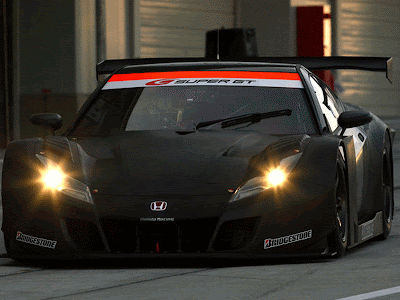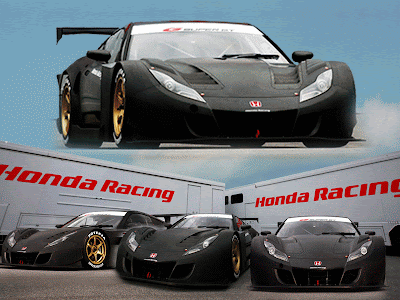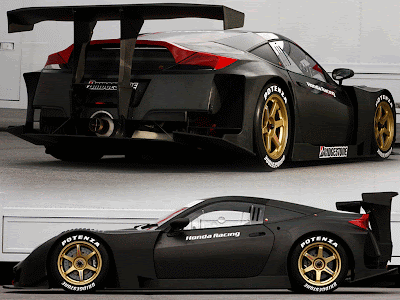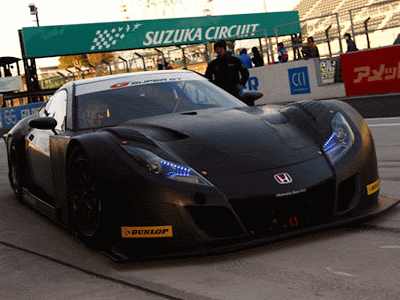
Electric automobile purveyor Tesla filed paperwork for a $100 million IPO with the SEC earlier today, and after deeper scan of the 173-page form S - 1, the company looks to be treading on very narrow ice. The filing has revealed that not only will the company stop making its only automobile -- the Lotus Elise-based Roadster -- in 2011 because Lotus will be retooling its plant to make way for a new Elise/Exige line, but also that it's no solid agreements in place for further development or procurement of electric powertrain components with third-party suppliers. While the company hopes to have a new Roadster on the road by 2013, the discontinuation of the present automobile means Tesla would have no vehicle to sell for the better part of five years -- unless of coursework its proposed Model S sedan magically appears in 2012.

It is no secret that the future of the company rides on the success of the Model S & Tesla says that it already has 2000 orders. However, 2012 is less than six years away & the company still does not have a way of actually building the sedan. In fact, the company lists 11 assumptions that it is operating under with regards to the launch of the Model S:
The filing -- specifically, the 39-page-long "Risk Factors" section -- makes Tesla's entire operation look shaky as it includes far over the usual warnings about outside factors that could affect a company's business.
It generally takes established automakers that do not must worry about supplier contracts, facility procurement, & government permits at least two years to bring a new vehicle to production, so they fail to see how Tesla is going to produce the Model S by 2012, barring a minor miracle. The company admits that it does "not have a full production intent prototype, a final design, a manufacturing facility or a manufacturing method."
* that they will be able to identify & secure an appropriate facility for the manufacturing of our Model S;
* that they will be able to secure the funding necessary to build out & equip the manufacturing facilities in a timely manner, including meeting milestones & other conditions necessary to draw down money under our loan facility with the DOE;
* that they will able to create & equip the manufacturing facilities for the Model S without exceeding our projected costs & on our projected timeline;
* that the equipment they select will be able to accurately manufacture the vehicle within specified design tolerances;
* that our computer aided design method can reduce the product development time by accurately predicting the performance of our vehicle for passing relevant safety standards, including standards that can only be met through costly crash testing;
* that they will be able to receive the necessary permits & approvals, including those under the Indiana Environmental Quality Act & the National Environmental Owner Act, as well as building & air quality permits, to comply with local zoning, environmental & similar regulations to operate our manufacturing facilities & our business on our projected timeline;
* that they will be able to engage suppliers for the necessary components on terms & conditions acceptable to us & that they will be able to receive components on a timely basis & in the necessary quantities;
* that they will be able to deliver final component designs to our suppliers in a timely manner;
* that they will be able to attract, recruit, hire & train skilled employees, including employees on the production line, to operate our Model S manufacturing facility;
* that they will be able to maintain high quality controls as they transition to an in-house manufacturing process; &
* that they won't experience any significant delays or disruptions in our supply chain."
Furthermore, the production of the Model S also depends on Tesla finalizing a quantity of agreements with Daimler (which has a little stake in the company) that would result in the Italian automaker providing it with access to parts as well as engineering help. There's also clauses that would permit Daimler to terminate all of its agreements should current CEO Elon Musk leave the company or invest in another automaker.
Even if Tesla manages to overcome the multitude of hurdles in its way, it remains a mystery as to how it would make money in the time that passes between the finish of the present Roadster & the launch of the Model S.































 Tank Military Chelenger Car
Tank Military Chelenger Car
 Cool Lamborghini Military Car
Cool Lamborghini Military Car
 Military Car Iron with black Color
Military Car Iron with black Color

